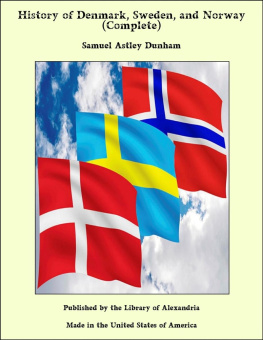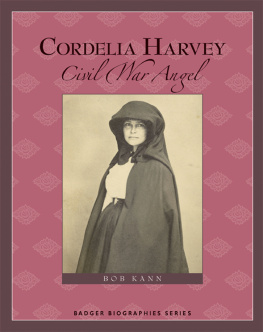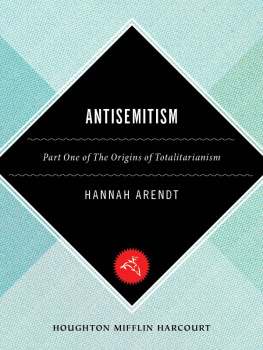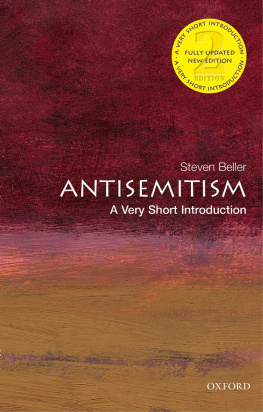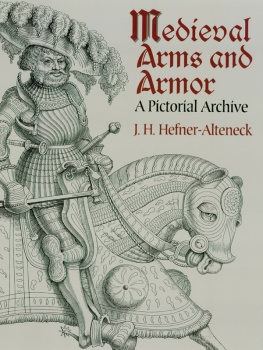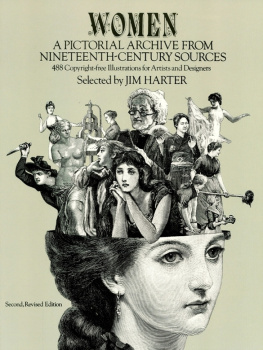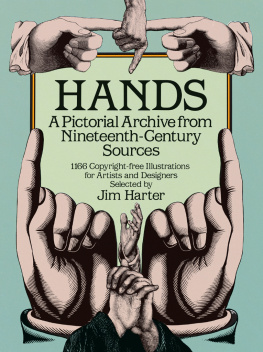Cordelia Heß - The Medieval Archive of Antisemitism in Nineteenth-Century Sweden
Here you can read online Cordelia Heß - The Medieval Archive of Antisemitism in Nineteenth-Century Sweden full text of the book (entire story) in english for free. Download pdf and epub, get meaning, cover and reviews about this ebook. year: 2021, publisher: De Gruyter, genre: Religion. Description of the work, (preface) as well as reviews are available. Best literature library LitArk.com created for fans of good reading and offers a wide selection of genres:
Romance novel
Science fiction
Adventure
Detective
Science
History
Home and family
Prose
Art
Politics
Computer
Non-fiction
Religion
Business
Children
Humor
Choose a favorite category and find really read worthwhile books. Enjoy immersion in the world of imagination, feel the emotions of the characters or learn something new for yourself, make an fascinating discovery.

- Book:The Medieval Archive of Antisemitism in Nineteenth-Century Sweden
- Author:
- Publisher:De Gruyter
- Genre:
- Year:2021
- Rating:5 / 5
- Favourites:Add to favourites
- Your mark:
- 100
- 1
- 2
- 3
- 4
- 5
The Medieval Archive of Antisemitism in Nineteenth-Century Sweden: summary, description and annotation
We offer to read an annotation, description, summary or preface (depends on what the author of the book "The Medieval Archive of Antisemitism in Nineteenth-Century Sweden" wrote himself). If you haven't found the necessary information about the book — write in the comments, we will try to find it.
Cordelia Heß: author's other books
Who wrote The Medieval Archive of Antisemitism in Nineteenth-Century Sweden? Find out the surname, the name of the author of the book and a list of all author's works by series.
The Medieval Archive of Antisemitism in Nineteenth-Century Sweden — read online for free the complete book (whole text) full work
Below is the text of the book, divided by pages. System saving the place of the last page read, allows you to conveniently read the book "The Medieval Archive of Antisemitism in Nineteenth-Century Sweden" online for free, without having to search again every time where you left off. Put a bookmark, and you can go to the page where you finished reading at any time.
Font size:
Interval:
Bookmark:


This work is licensed under the Creative Commons Attribution-NonCommercial-NoDerivatives 4.0 International License.
- List of illustrations
- Acknowledgements
- Introduction: The nineteenth century in a nutshell
- Religion and Race: The Medieval Archive of Antisemitism
- The archive of antisemitism and the Swedish debate about Emancipation
- Medieval antisemitism and supersessionism
- Religious homogeneity and Swedish Frhantisemitismus
- The Swedish debate in an international context
- Anti-Jewish print production in Sweden: The scope of the present study
- Statistics
- Being cursed: Medieval model texts
- Rootlessness and Jewish physiognomy: The Ahasver compilation
- The Ahasver legend
- Om the straff hwart slkte ibland judarne lida mste (On the punishment which each tribe of the Jews must suffer)
- Om Pilati ndalycht och orolige dda kropp
- The eternal traitor: Judas legends
- Ahasver, Pilate, and Judas: medieval models for a non-existent minority
- Rootlessness and Jewish physiognomy: The Ahasver compilation
- Chosenness: supersessionism and racist anti-Judaism
- Lutheran miracles: Swedish conversion narratives
- Supersessionism and proto-racism
- From Meiners to Nordmann: foreign antisemitism translated
- Conspiracy theories
- Judaism as the basis of the Jewish race
- Money: Jewish business activities
- The pre-history of 1815s economic arguments
- Emancipation aborted: Canaan in Sweden
- Court records
- The academic discourse
- Old theme, old arguments
- Bodies and gender: entertaining literature
- A popular topic
- Anti-Jewish medievalism
- The collective Jew receives a gender
- Pro-Jewish contributions
- The persistence of medieval stereotypes
- Catholic anti-Judaism in Lutheran Sweden
- Creating a problem
- An unchangeable collectivity
- Conclusion: The archives medieval backbone
- Appendix
- Debates about Jews at National Diets 18001900
- Printed matter with Jewish and anti-Jewish topics in Sweden, 18001900
- Bibliography
- Printed Sources
- Literature
- Index of names
- Index of places
Greifswald, August 2021 |
Font size:
Interval:
Bookmark:
Similar books «The Medieval Archive of Antisemitism in Nineteenth-Century Sweden»
Look at similar books to The Medieval Archive of Antisemitism in Nineteenth-Century Sweden. We have selected literature similar in name and meaning in the hope of providing readers with more options to find new, interesting, not yet read works.
Discussion, reviews of the book The Medieval Archive of Antisemitism in Nineteenth-Century Sweden and just readers' own opinions. Leave your comments, write what you think about the work, its meaning or the main characters. Specify what exactly you liked and what you didn't like, and why you think so.

